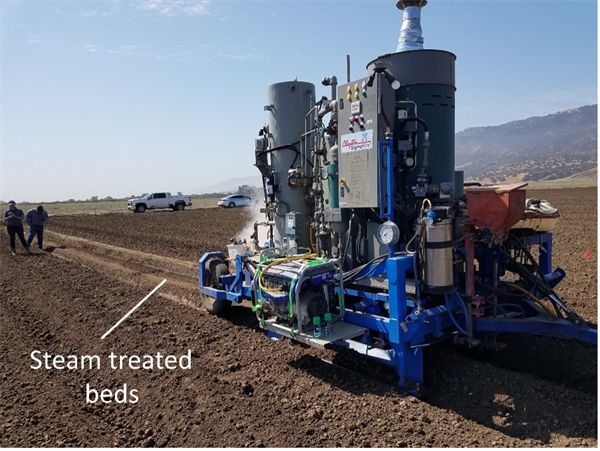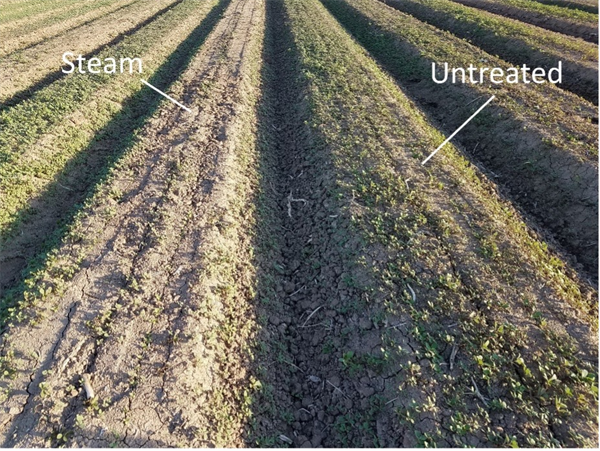-
Aug 25, 2010Whitefly Management on Fall VegetablesTo date, whitefly numbers on fall melons have varied from very low (1-2 / leaf) in the Yuma Valley to extremely high (> 100 / leaf) in the Dome Valley/Wellton area. These differences in whitefly abundance can be attributed largely to the crop landscape in these areas. Melon fields near or adjacent to cotton and alfalfa clearly are the most heavily infested. In fact, last week I observed very high numbers of adults steadily moving out of a cotton field in Dome Valley that reminded me of the "whitefly clouds" of the early 1990's. Does this mean fall crops in 2010 will experience heavy whitefly pressure? Don't know, but PCAs should start thinking about whiteflies and talking with their growers concerning control strategies. Remember, the key to effective whitefly management in fall crops is to prevent adult and immature populations from colonizing small plants. Thus, it is recommended that growers apply a soil neonicotinoid on early lettuce and cole crops that are planted near cotton, alfalfa or in areas that historically have high whitefly numbers. Local research suggests that imidacloprid (Alias, 16 oz/ac; or 0.25 lbs AI/ac) applied at planting provides less residual control of nymphs today than it did 10 years ago. This is not surprising considering the heavy neonicotinoid usage on fall and spring crops over the past 17 years. The insecticide still provides short-term control (21-28 days), but will likely require additional foliar treatments to prevent damage, particularly on cole crops. Growers may consider using higher rates of imidacloprid (0.375 lb AI/ac), or switching to an alternative soil-applied product such as Venom or Durivo. Also, several foliar insecticides are available that can provide effective control of both adult and immature whiteflies. (See the following documents for more information on whitefly biology, management and insecticide alternatives).
Insect Management on Desert Vegetables and Melons: Whiteflies
Whitefly Management in Leafy Vegetables, Cole Crops and Melons
To contact John Palumbo go to: jpalumbo@ag.Arizona.edu











